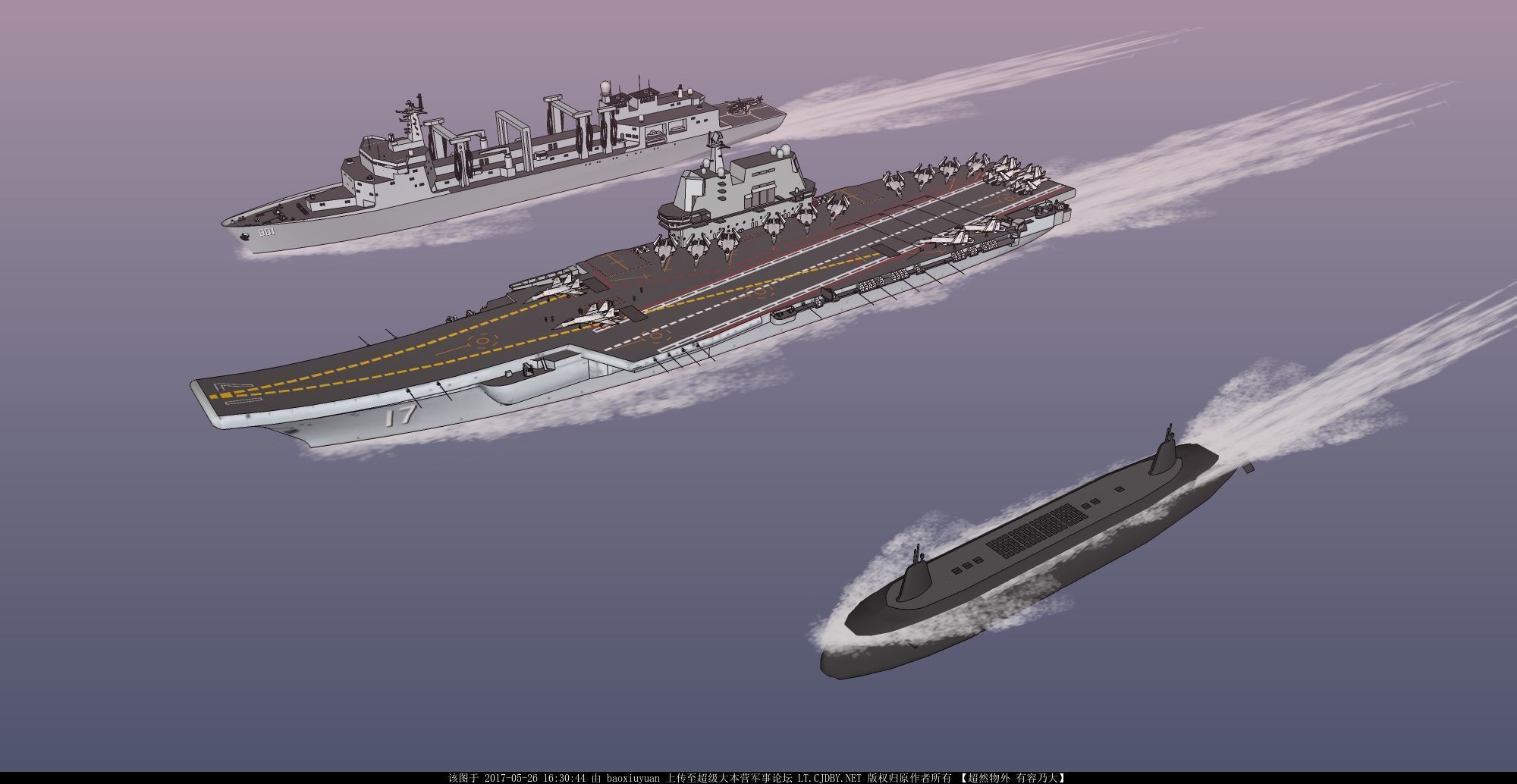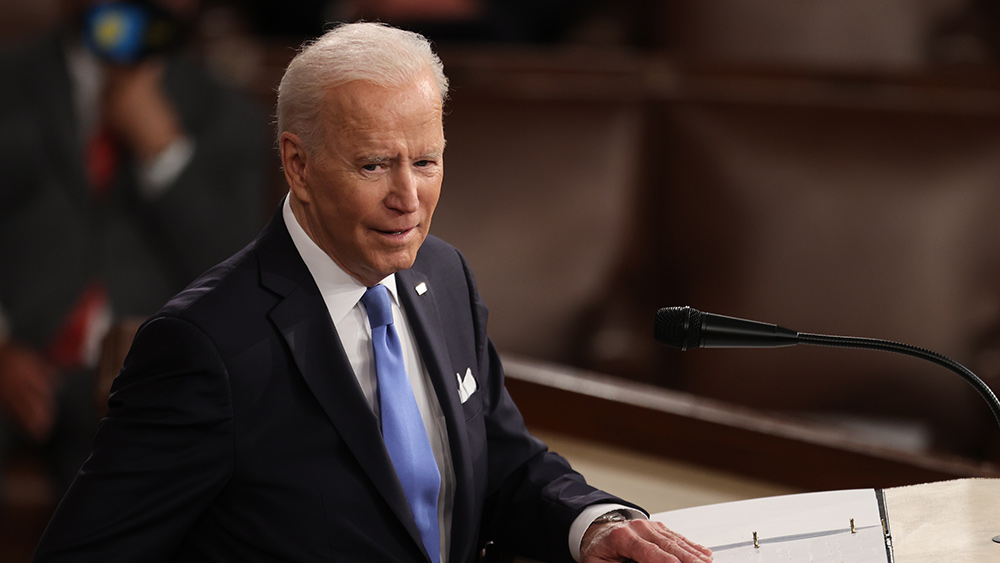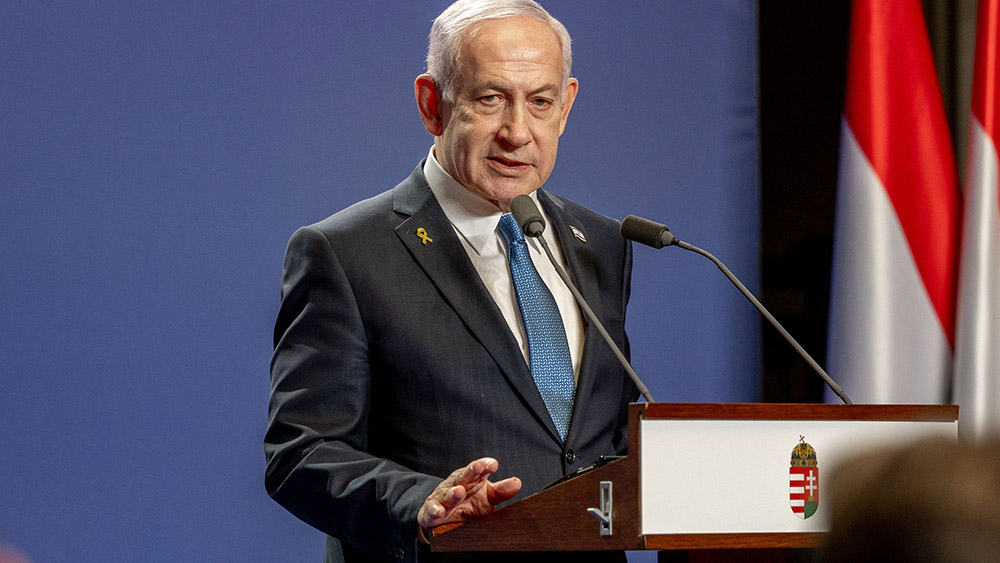
China is using its naval presence to intimidate neighbors
Once thought of as being a “green-water navy” that tended to stick close to its shores, China has been making its intention to expand its reach clear. It has launched a series of ambitious vessels, including amphibious assault ships and large guided missile destroyers. China has recently been flexing its naval muscles in the region, particularly around Taiwan, which Beijing claims is its territory. China has said it will seize it one day, using force if necessary. The Defense Ministry of Taiwan has reported increasing incursions by Chinese ships and war planes. In one 24-hour period earlier this month, Taiwan’s Defense Ministry detected 10 naval vessels and 68 aircraft around the island. One of the vessels involved was China’s Shandong aircraft carrier. Some analysts believe the move is part of a broader effort by China to counter American influence in the Asia-Pacific region, noting that China carried out its biggest war games around Taiwan following a trip to Taipei last August by Nancy Pelosi when she was still the Speaker of the House. Another military exercise was carried out this April simulating encirclement of the island. China has also been looking to shore up places it can refuel its blue-water ships and replenish provisions when it is far from the mainland. Part of this push for port access has seen them helping construct a naval base in Cambodia and looking for military outposts even further away, such as on the Atlantic coast of Africa. They currently only have one operational overseas naval base, on the Horn of Africa in Djibouti. A report from the Foundation for Defense of Democracies warned: “The PLA’s expanding global footprint and corresponding ability to conduct a wider range of missions, including limited warfighting, carries major risks for the United States and its allies in the Indo-Pacific as well as other operational theaters.” Philippine Defense Secretary Gilberto Teodoro Jr. has warned that the world needs to stand up to the territorial expansion China is attempting in the South China Sea, calling the country a bully and accusing them of sending “maritime militia” boats and infringing on their territory. He believes they won’t stop until they control “the whole South China Sea.” Sources for this article include: BusinessInsider.com France24.com Edition.CNN.com Edition.CNN.comIran, Lebanese Hezbollah ready to “join the battle” in Gaza, warns Hamas leader
By Ethan Huff // Share
Biden considering asking Congress for $100 BILLION in additional funds for Ukraine
By Arsenio Toledo // Share
Former aide claims Netanyahu's first post-Oct. 7 priority was evading responsibility
By isabelle // Share
Mobility SOS: Decoding joint pain after 50 and the path to preservation
By willowt // Share
Kristi Noem declares endgame for Maduro as military pressure mounts
By jacobthomas // Share
Experts warn: Self-aware AI is a near-future desktop technology
By jacobthomas // Share
Microplastics invade reproductive organs—nature's colorful defense may be our best hope
By patricklewis // Share
The silent stressor: How marital strife is quietly damaging our hearts
By avagrace // Share










